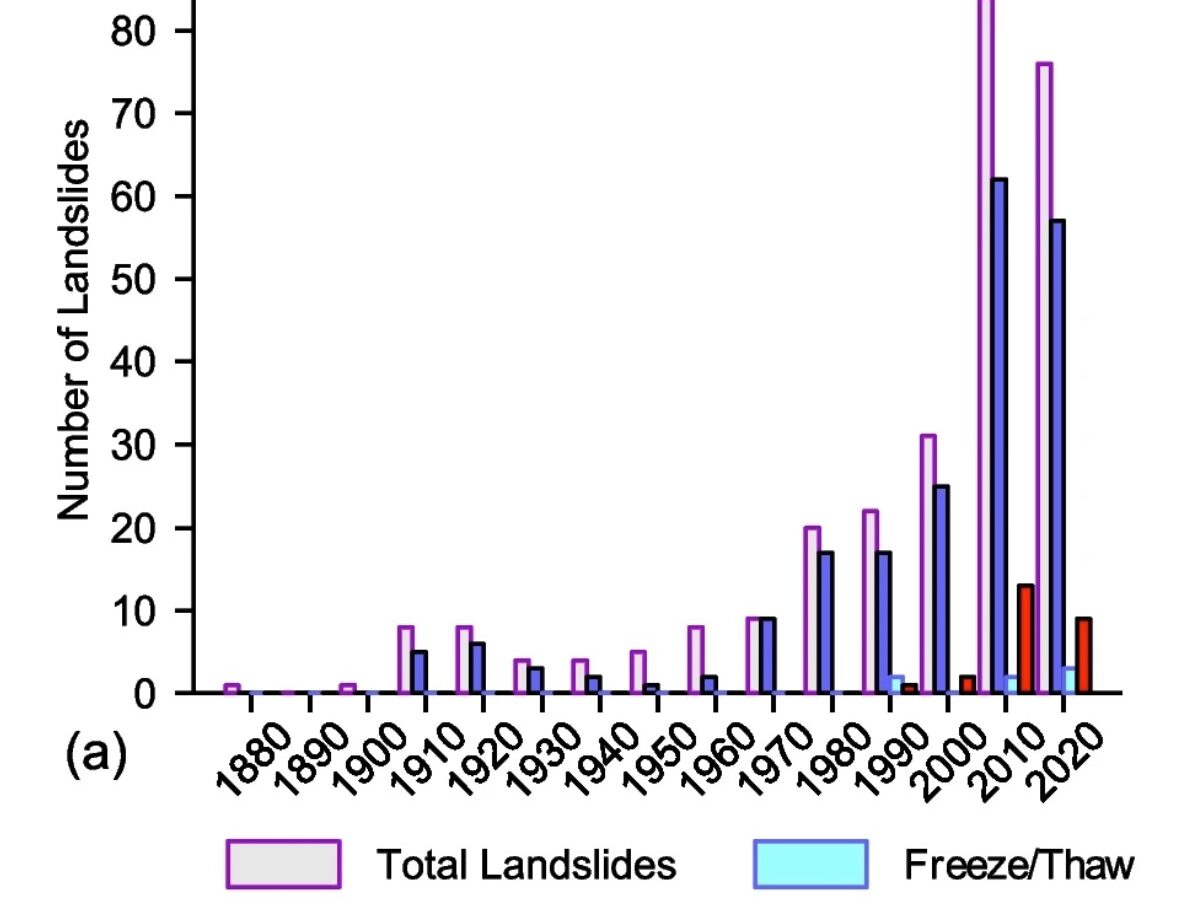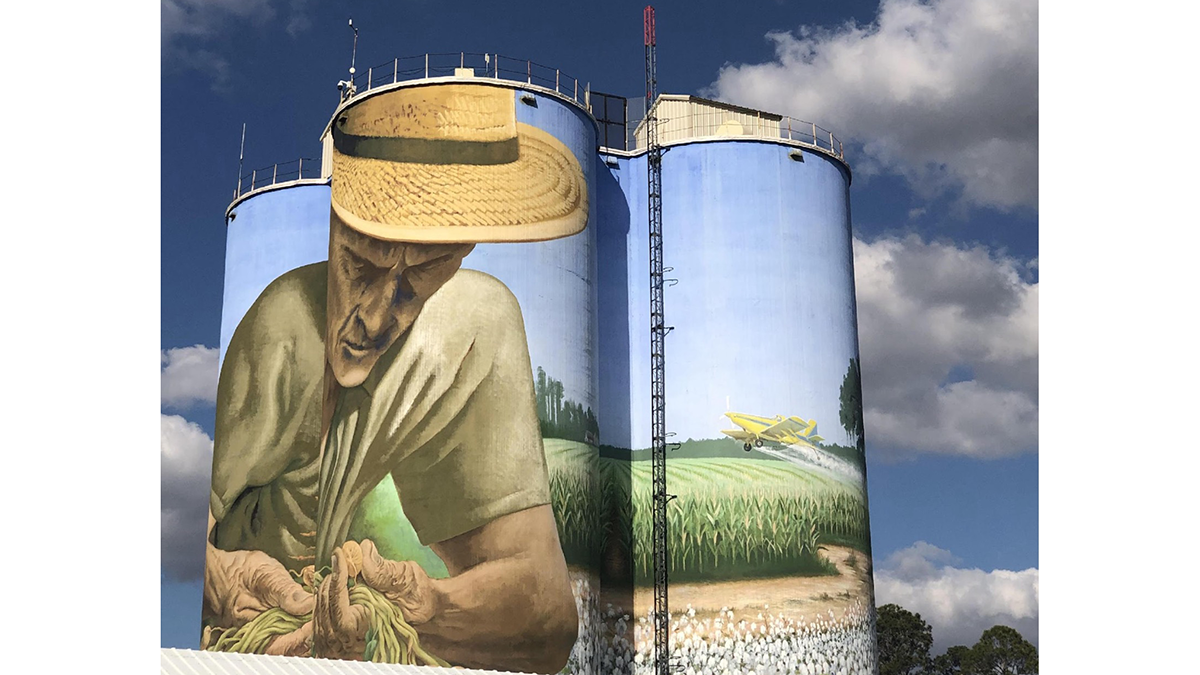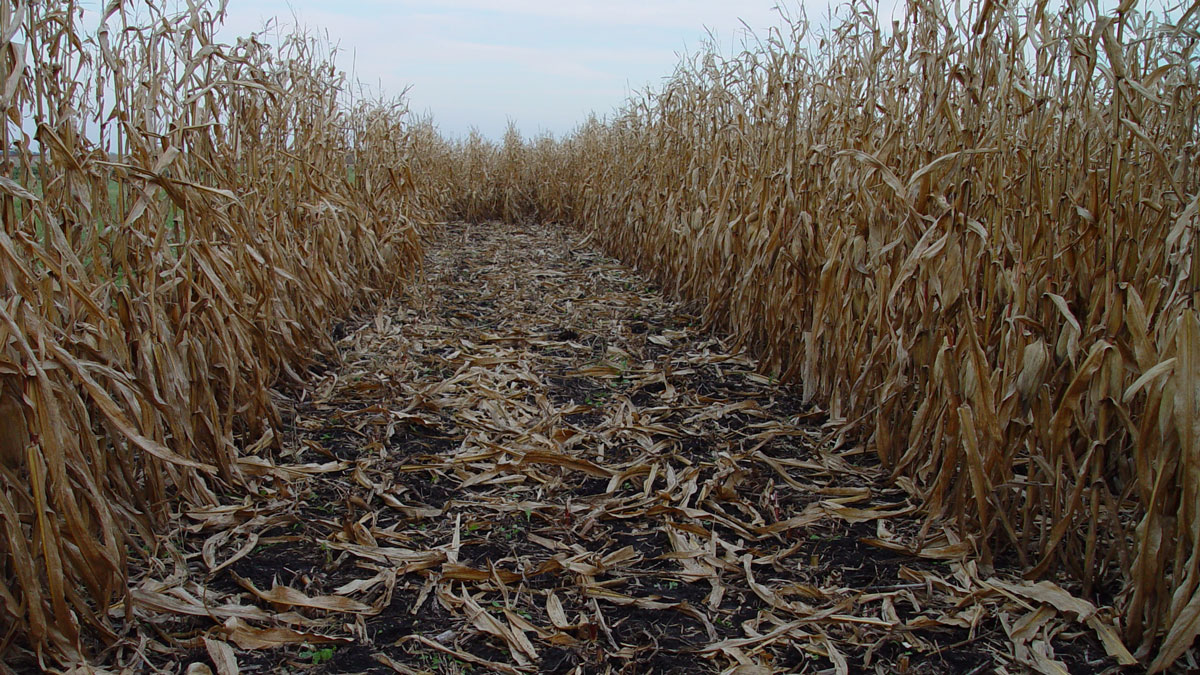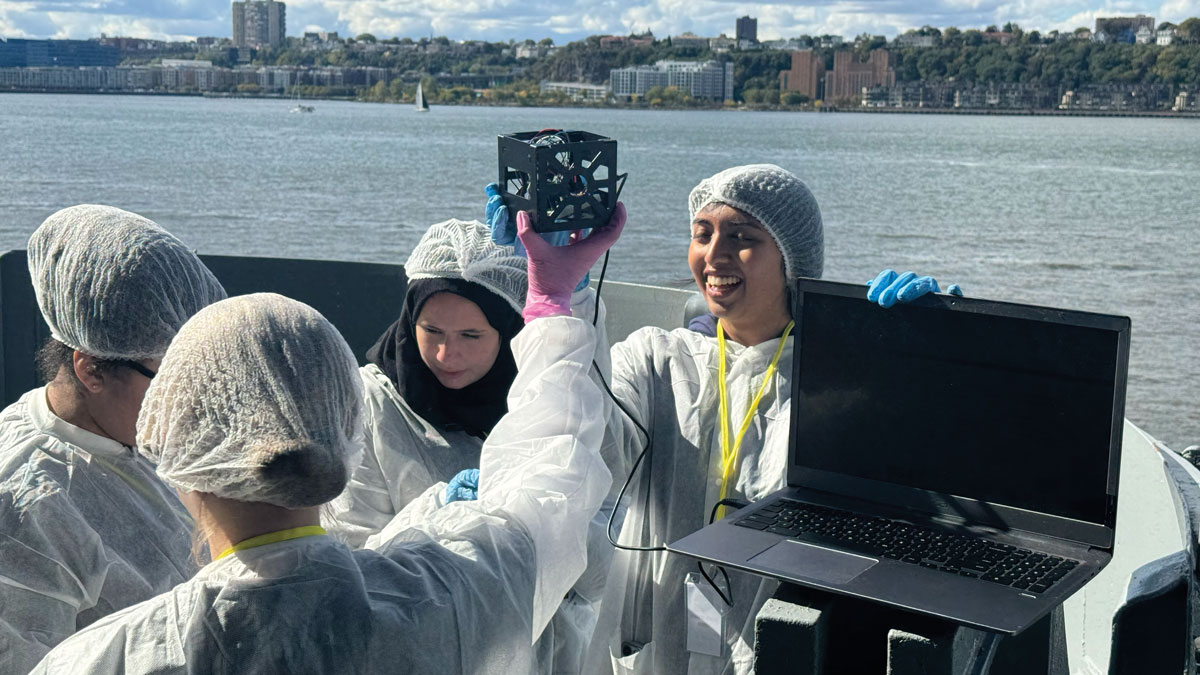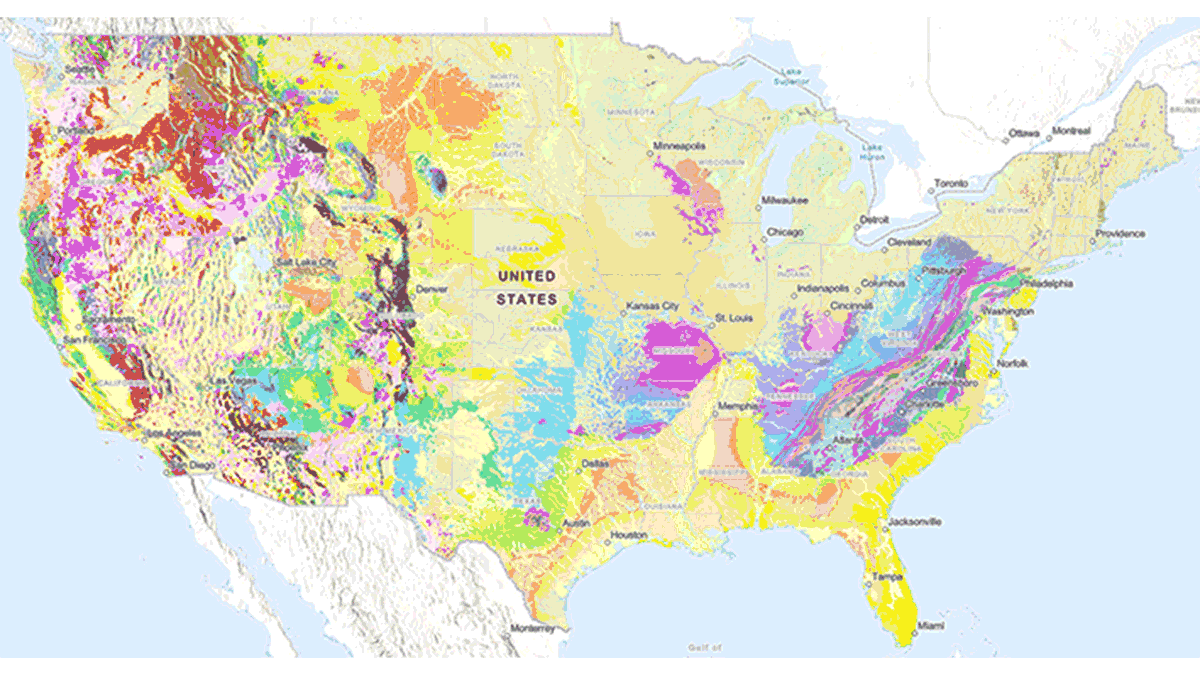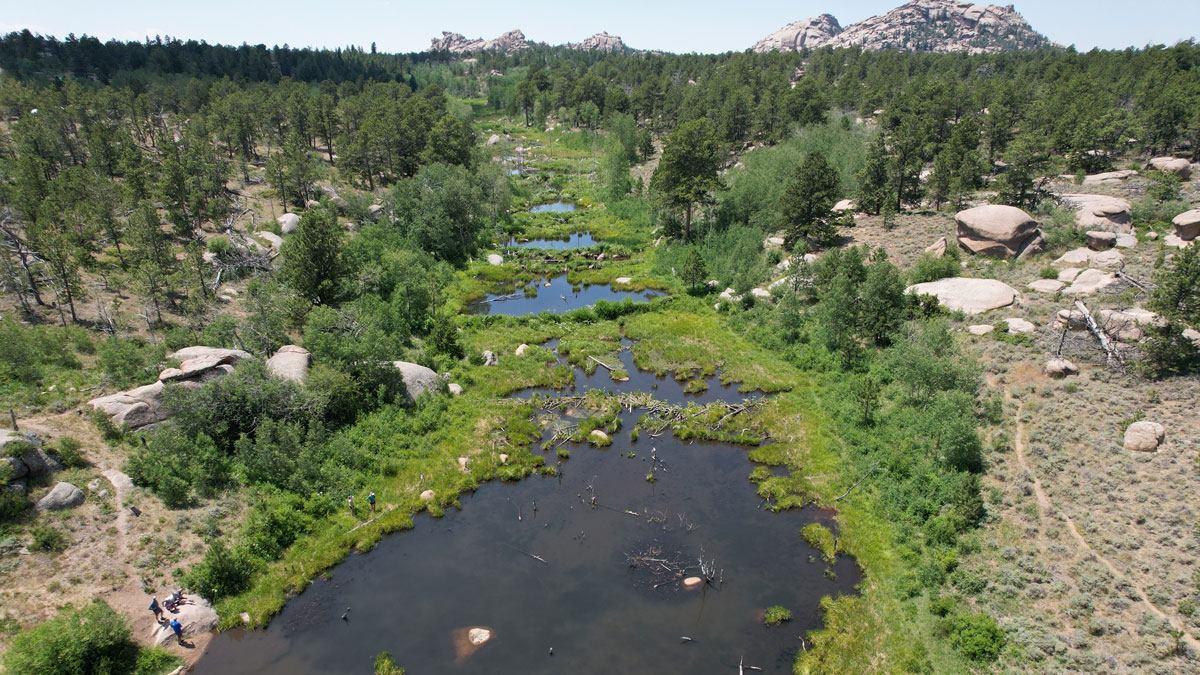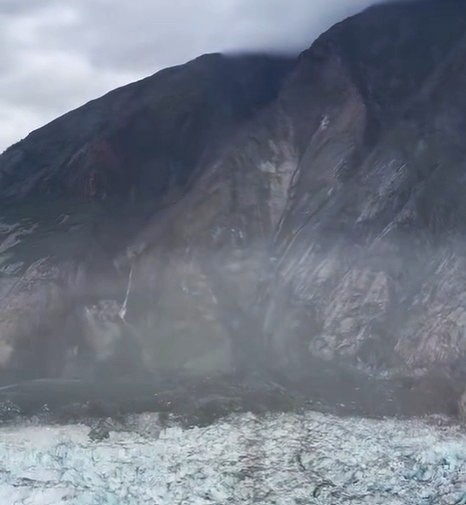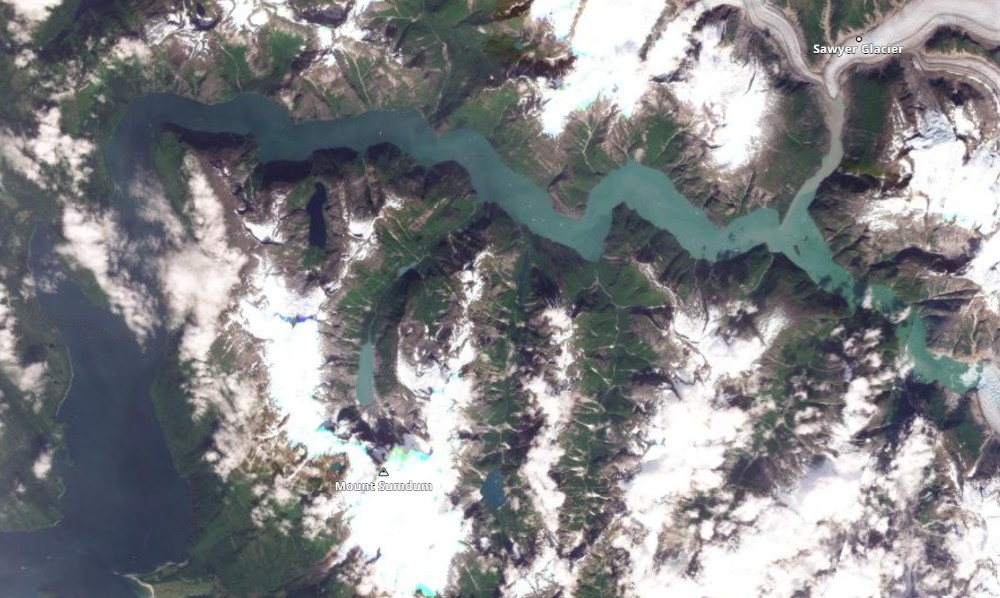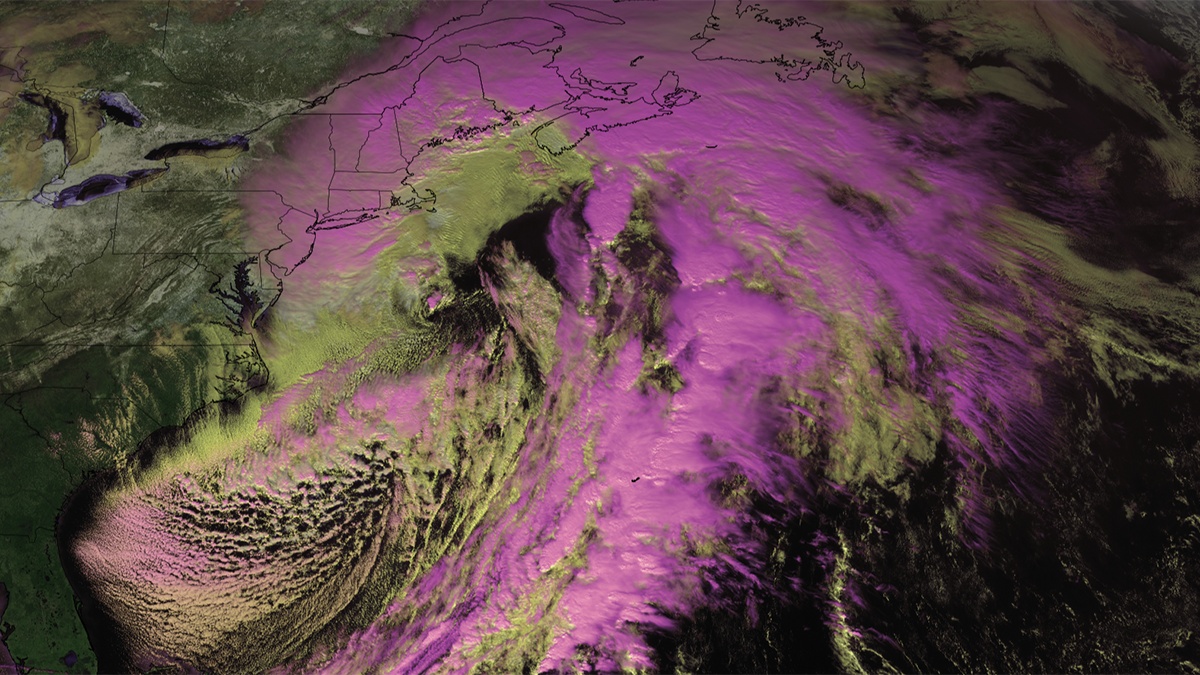The Landslide Blog is written by Dave Petley, who is widely recognized as a world leader in the study and management of landslides. Of course, allow me to start by wishing all my readers a Happy 2026. I suspect that we are in for quite a landslide journey again this year. In late November, a […]
United States
Voicing Farmers’ Concerns on the Future of Agriculture
A new study explores the deep, multi-faceted concerns of small- and mid-scale farmers about the direction of farming and food systems in the United States.
How Might Leftover Corn Stalks Halt Fugitive Carbon?
Bio-oil made from plant waste could help limit carbon emissions from orphaned oil and gas wells. But would it help or hinder farmers’ bottom line?
Small Satellites, Big Futures
Programs that teach students to design, build, and launch tiny satellites are helping to inspire the next generation of space scientists and engineers.
New USGS Map Offers an Interactive Look at the Rocks Beneath Our Feet
The Cooperative National Geologic Map is an interactive tool that builds on both cutting-edge technology and decades of mapping by geoscientists.
What Makes Beaver Ponds Bigger?
For the first time, researchers are able to add hydrologic estimates to find where reintroducing beavers could best benefit a watershed and the humans who live within it.
By 2051, Emissions from Coal Mining on Federal Lands Could Drop by 86%
Researchers predict that if early 2024 policies hold, emissions related to coal’s extraction, transportation, and combustion will drop over the next 25 years.
Updates from the Alaska Earthquake Center regarding the 10 August 2025 landslide
The location of this major event has now been identified. It was a major rock slope failure that ran out across the South Sawyer Glacier. The Alaska Earthquake Center has now provided a detailed update about the 10 August 2025 landslide that occurred in the area of Tracy Arm. This work has been led by […]
A likely large, tsunamigenic landslide in Tracy Arm inlet, Alaska on 10 August 2025
Seismic data and eye-witness reports of a displacement wave point to a large landslide at 5:30 am. On 10 August 2025, at 5:30 am local time, the Alaska Earthquake Center detected a seismic signal that was almost certainly generated by a landslide. They have posted the record of the seismic signal to Twitter. Their posting […]
New Research Shows More Extreme Global Warming Impacts Looming for the Northeast
One new study identifies a 17% increase in the destructive potential of the strongest nor’easters, while another bolsters links between Arctic ice melt and dangerous blizzards.

